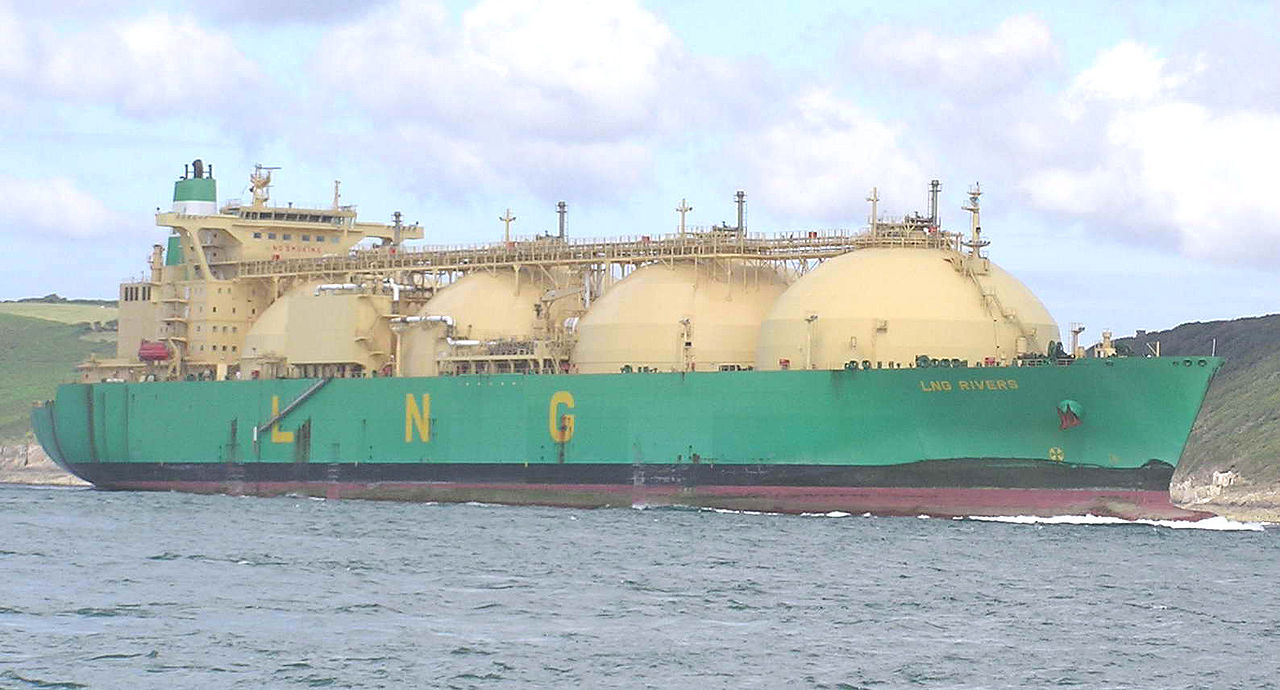
There are four states of matter: solid, liquid, gas, and plasma. Matter changes from one state to the other depending on how much energy the particles within it have. As more energy is added the particles start to move more. With water, the solid state is ice. The hydrogen and oxygen molecules have lost most of their energy and they do not move. They stay in a fixed position, and they are very dense because the molecules are tightly packed together. The liquid state of water is, obviously, water. The molecules have more energy, and they move more. The molecules can move around each other freely so a liquid cannot hold a shape but it will conform to the shape of whatever object it is in. Liquids have a lower density than solids. The third state is gas and the gas state for water is steam. The water molecules have a lot more energy and the density becomes even lower. The molecules have a lot of space between them and a very high kinetic energy. The molecules spread out until they are contained by something, or they are absorbed. Steam can burn because the molecules have so much energy. If you keep adding energy to the steam, it will become plasma, the fourth state, but it would not still technically be water. Hydrogen gas is made into a plasma in a fusion reactor.
Natural gas is one of the fossil fuels that we use to make energy. It is a hydrocarbon gas that is a mix of methane and other things. It is a clear and odorless gas. It is made when layers of plant and animal matter decompose and are then exposed to intense heat under the surface of the Earth. It takes millions of years for the gas to form. The gas is found deep underground and can be piped to the surface. It has many uses after that.
Gas can be found in many places, but a lot of gas fields are located in Russia, which has about 25% of the world’s natural gas. Also, Iran, and western Asia down into North Africa. America has a fair amount of gas and is estimated to have the 5th largest reserves in the world. When the gas is brought out of the ground, those countries sell it to countries that don’t have gas. There are two ways they can transport it: via pipeline or by ship. Long pipelines are not easy to use because the friction within the pipe heats up the gas. The gas needs to be cooled and compressed before it is transmitted by pipe. This means that undersea pipelines are impossible.
A lot of gas is transported by ship, and this brings us back to our topic of liquified natural gas. Because gas molecules have a lot of energy, they move a lot and gas has a very low density. This means that a gas takes up a lot of space. Taking the gas in its gaseous state in a ship across the sea would limit the amount of gas that could be shipped. To increase the amount that will fit in the tankers, it is reduced to a liquid.
The gas is cooled to -162℃. The energy leaves the molecules, and it becomes a liquid. The volume of the gas is reduced by 600 times. It can then be poured into tanks where it takes the shape of the tanks, as any liquid would, and it can be easily shipped to other countries. It can be stored for a long time in its liquid form and then it is warmed before use. The heat energy energizes the molecules, and the liquid becomes a gas again.
The first commercial use of natural gas was in Britain in 1785. Natural gas produced from coal was used to light houses and streets. The first successful natural gas well was dug in America in 1821 and the Fredonia Gas Light Company was formed. It was the first company to distribute natural gas for profit. In 1885, Robert Bunsen, (he of the Bunsen burner) worked out other ways to use natural gas. Natural gas started to be used for cooking and heating.
The US government worked out how to liquefy natural gas during World War 1, but they were only doing it to extract helium for airships and they regasified the gas when they had finished. In 1937, Lee Twomey worked out a way to liquefy natural gas on a large scale, but this was to store it, not ship it. The first liquid natural gas carrier was built in 1959. It was called the Methane Pioneer. It carried gas from America to the UK. These days, a liquid natural gas tanker can carry 266,000 cubic meters of gas. This would be 159 million cubic meters when it is returned to its gas state.
So, liquified natural gas is natural gas that has been turned to a liquid by cooling it to -162℃. This is done to reduce its volume by 600 times and make it easy to ship. And this is what I learned today.
Photo By Pline – Own work, CC BY-SA 3.0, https://commons.wikimedia.org/w/index.php?curid=900431
Sources:
https://www.apga.org/apgamainsite/aboutus/facts/history-of-natural-gas
https://www.hydrocarbons-technology.com/features/feature-the-worlds-biggest-natural-gas-reserves/
https://www.livescience.com/46506-states-of-matter.html
https://en.wikipedia.org/wiki/LNG_carrier
https://www.shell.com/energy-and-innovation/natural-gas/liquefied-natural-gas-lng.html
https://en.wikipedia.org/wiki/Natural_gas
https://en.wikipedia.org/wiki/Liquefied_natural_gas
https://www.energy.gov/fecm/liquefied-natural-gas-lng
https://www.shell.com/energy-and-innovation/natural-gas/lng-for-transport.html
https://energyeducation.ca/encyclopedia/Transportation_of_liquefied_natural_gas
https://www.eia.gov/energyexplained/natural-gas/liquefied-natural-gas.php

